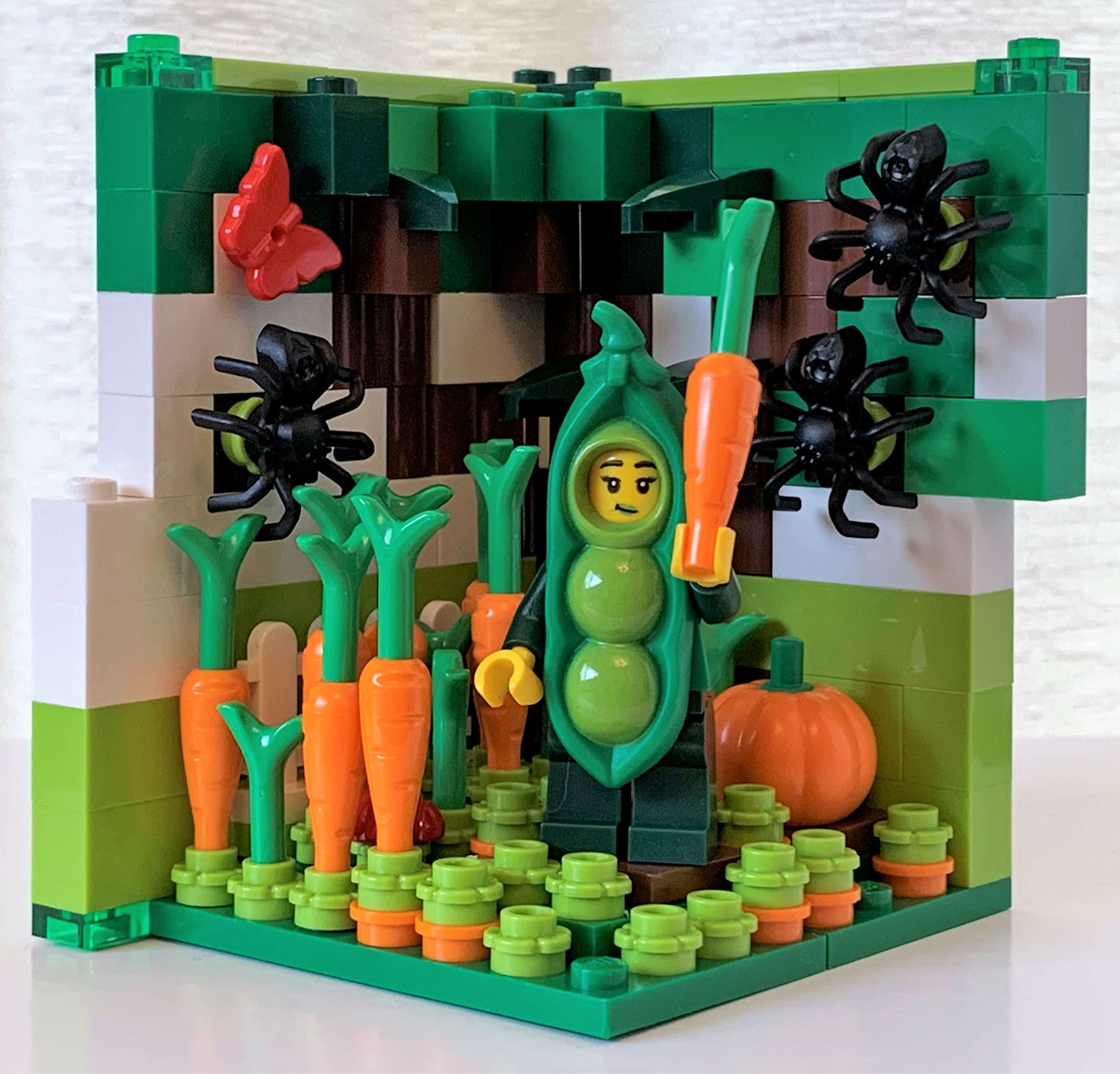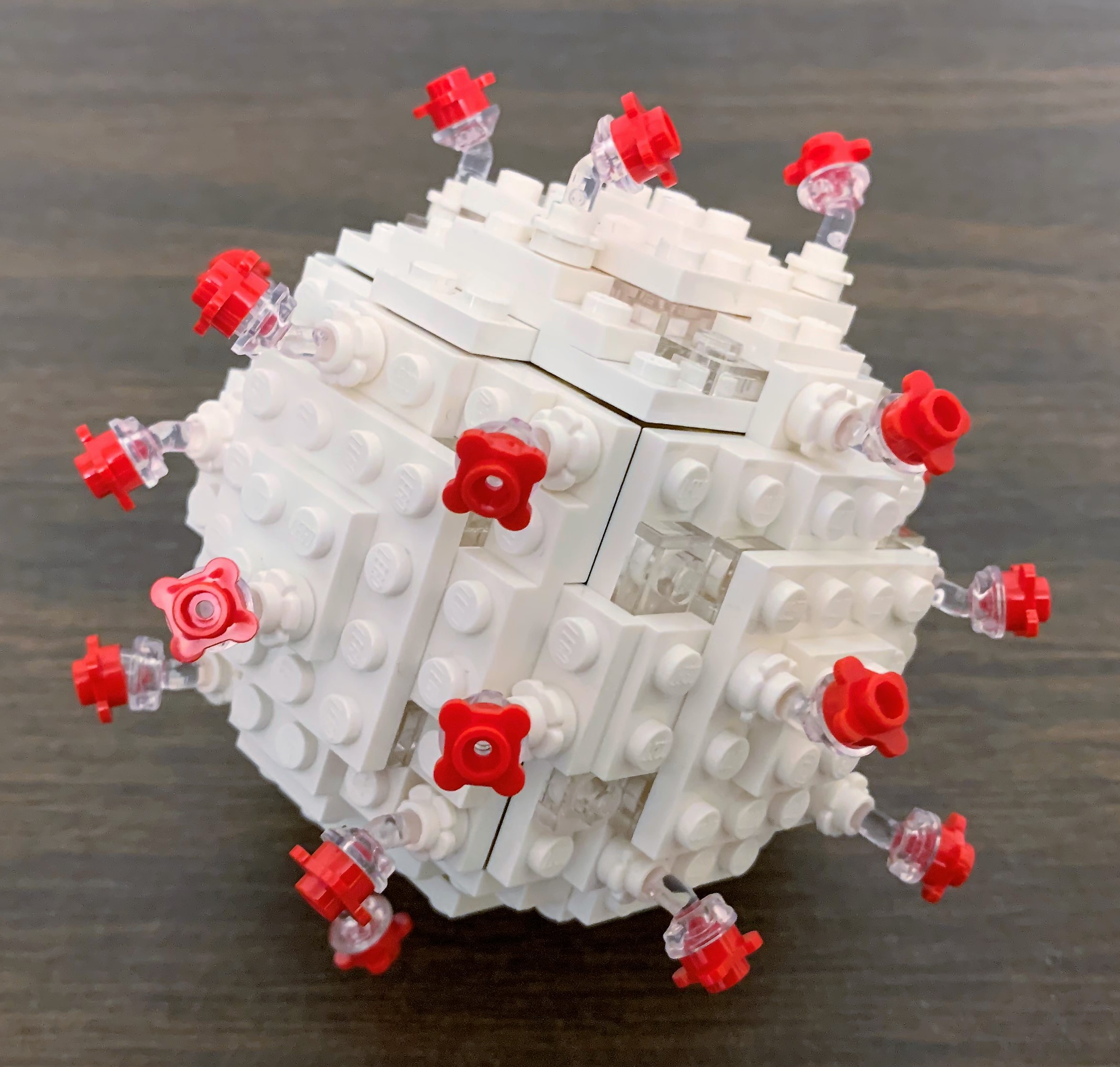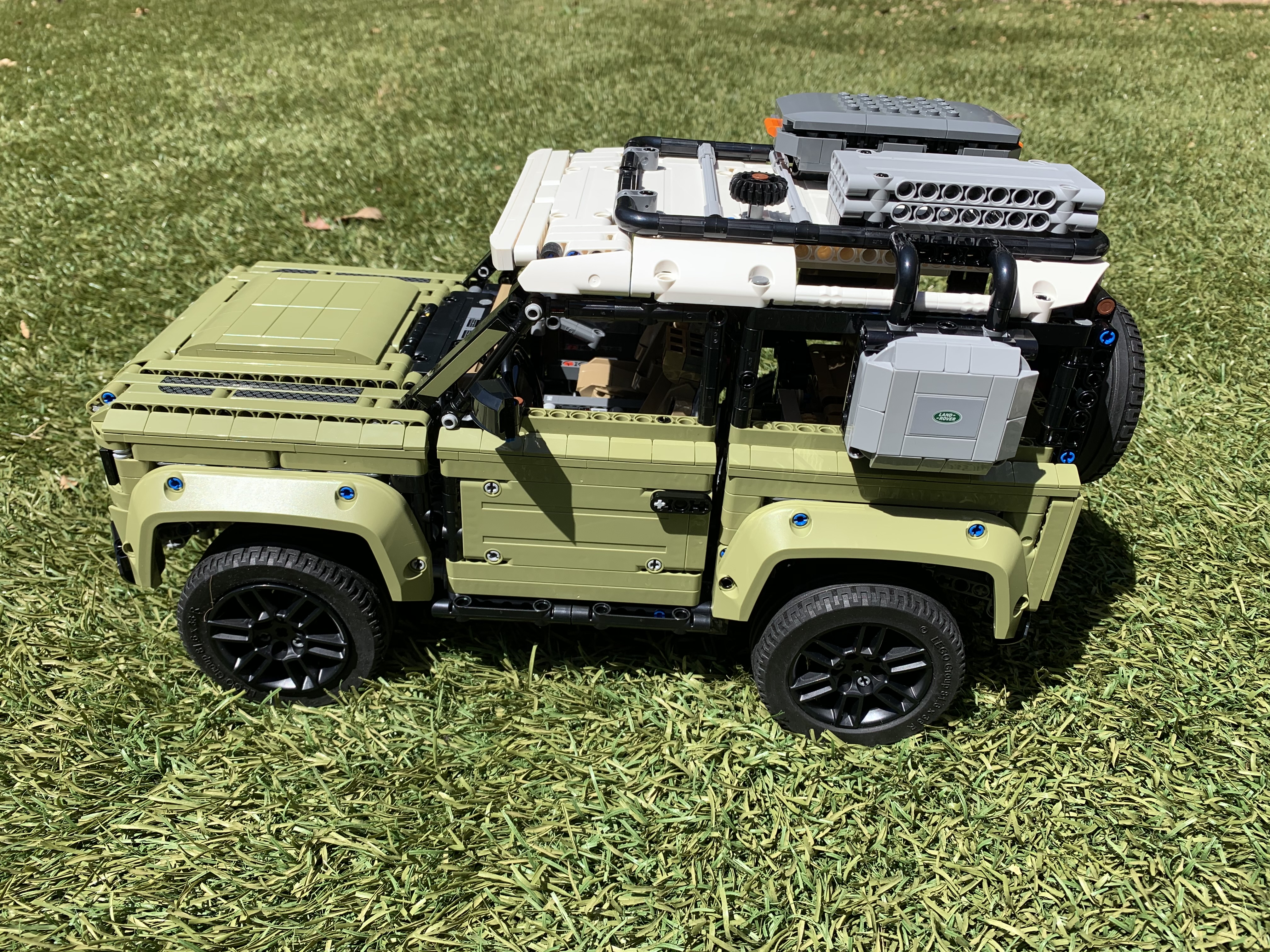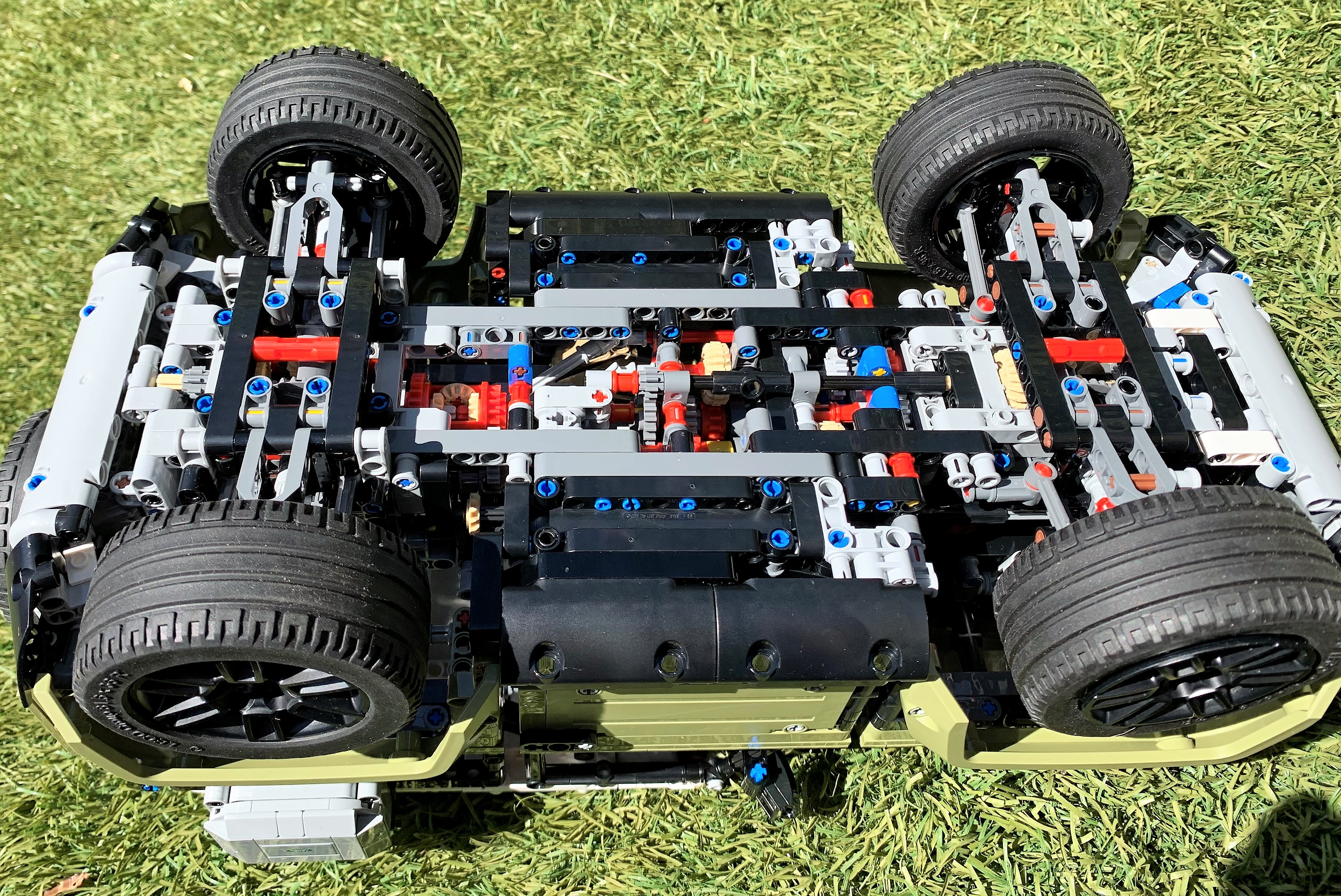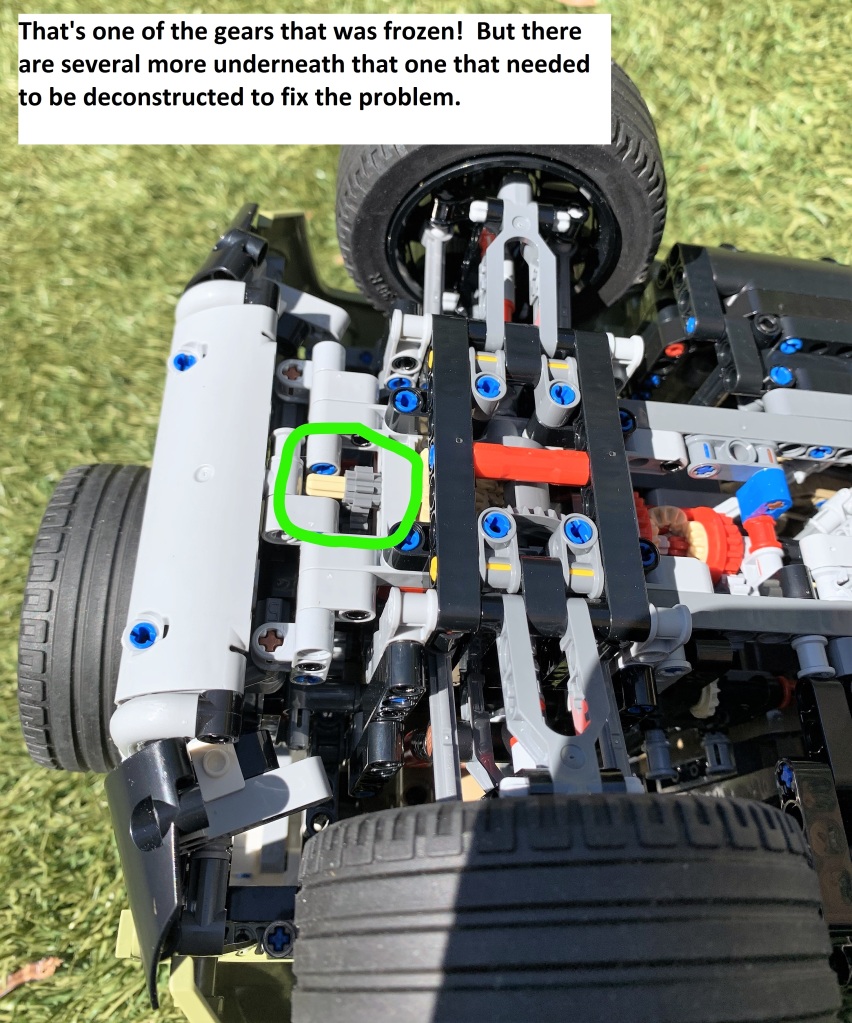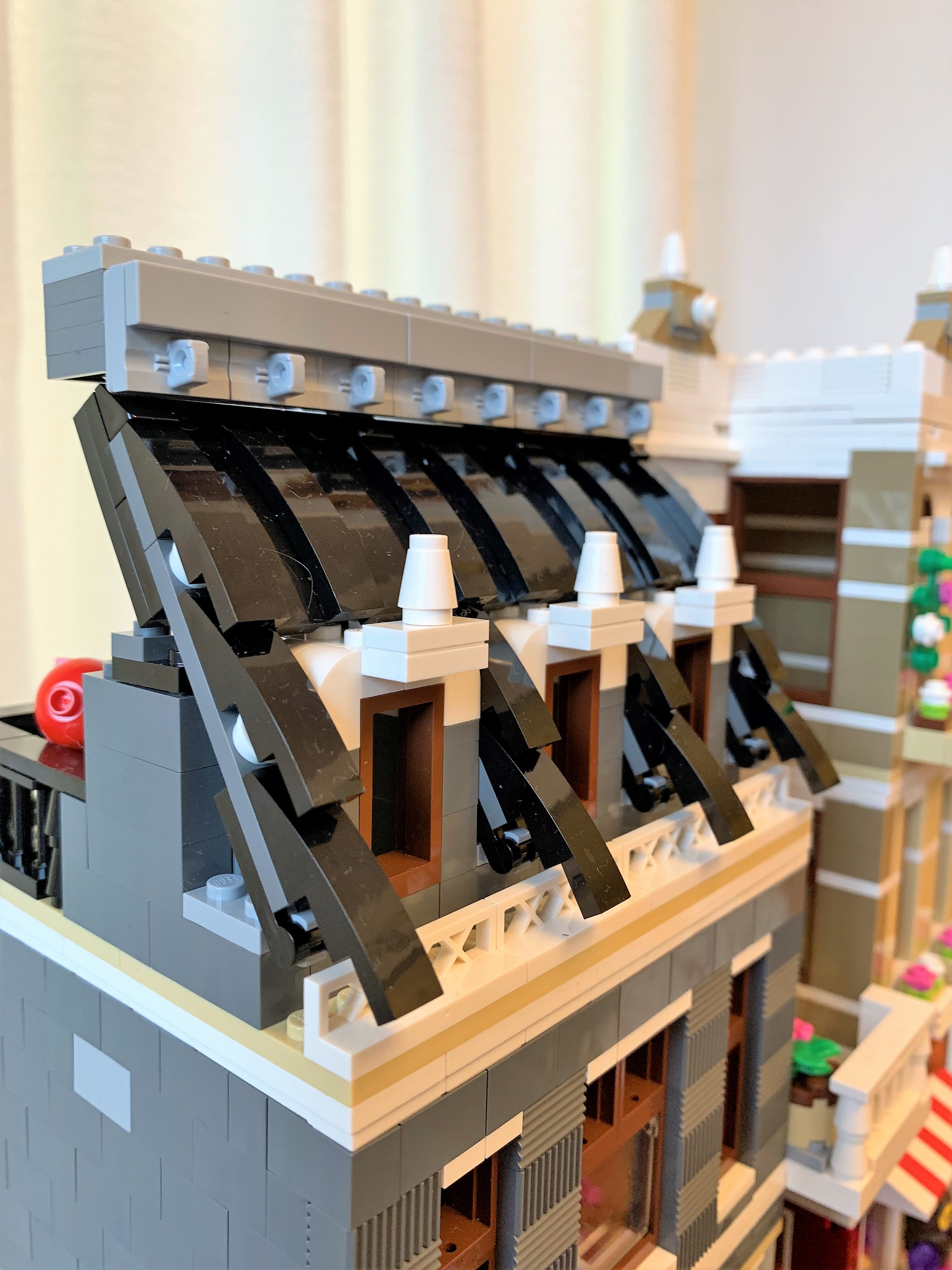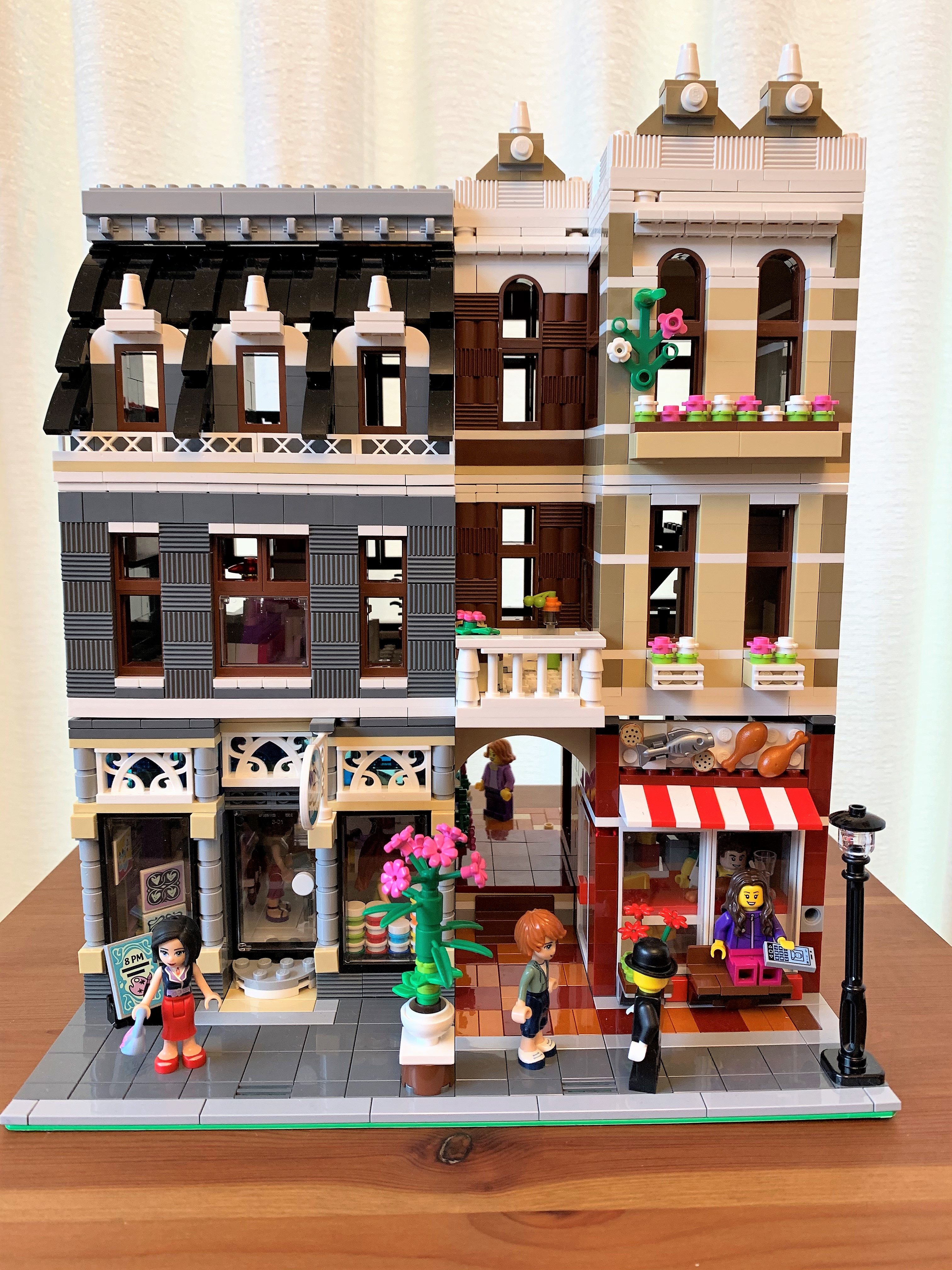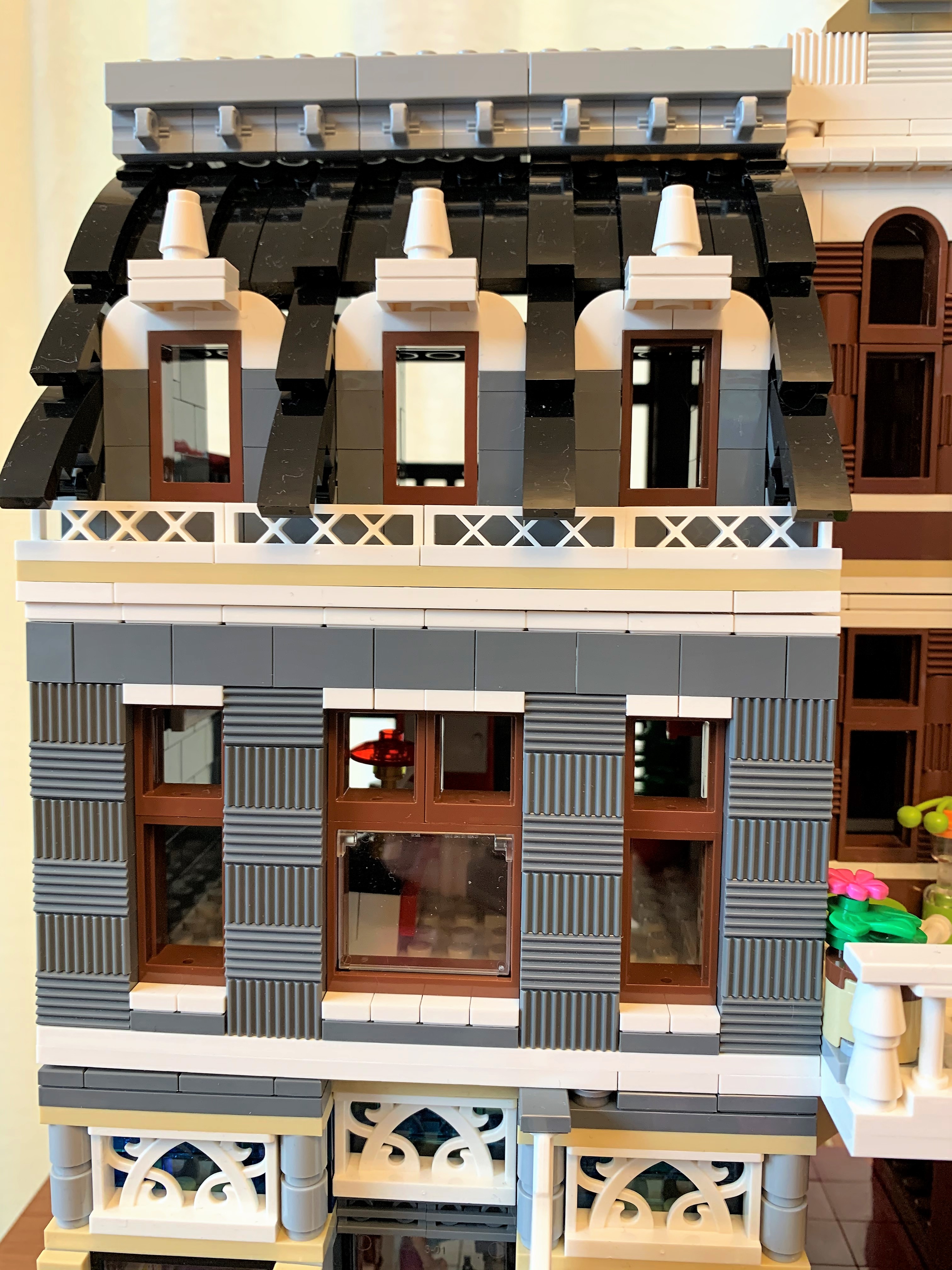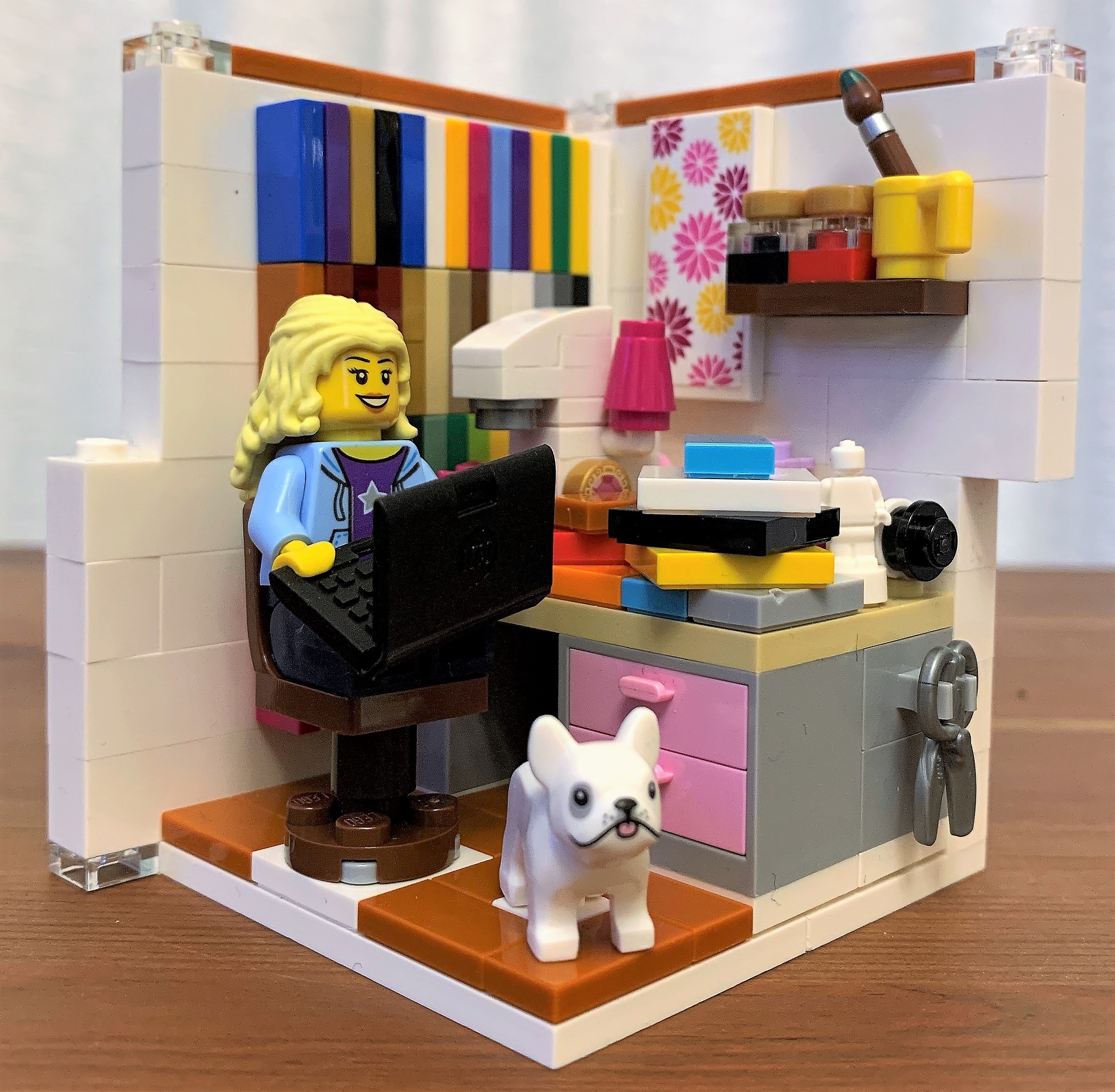
I love to build modular buildings, and many of my modulars are only 16 studs wide. Do I just have tons of money to throw at Bricklink to buy expensive 16×32 baseplates, when 32×32 baseplates are relatively inexpensive? Do I want to pay more than twice as much for literally half the stuff? No, I don’t! I’d rather spend that money on other things (like more LEGO).
So, I buy standard 32×32 baseplates and cut them down.
Now, for those of you who are shocked and want to stop reading right here right now because how could I ever even think about destroying precious LEGO, I hear you. Really, I do. Some of my friends are just like you. Other friends have told me it’s legitimate LEGO usage, and here’s why. LEGO makes big baseplates and cuts them down to the necessary size. Yeah. They do. So how is it different if I do the cutting instead of them? The difference is, I save a bunch of money.
I usually cut down bright green or blue ones, since they’re pretty common and available, and they frequently go on sale for around $5, which means I don’t feel too bad about cutting them up, they’re replaceable, and I get a 16×32 baseplate for $2.50.
Here’s what you’ll need:

- 32×32 baseplate of the desired color
- Tape or sticky notes
- X-acto knife AKA boxcutter, any brand, but make sure it’s nice and sharp. I use a “PenBlade”, because it has some additional safety features.
- Some extra MEGABLOKS, at least 32 studs worth. I know you have them from your bulk buys. Keep a few handy for this project. You’re going to be damaging these, so this is a great use for them.
- Non-adhesive grippy shelf liner, or some other material to prevent the baseplate from sliding while cutting.
- File or fine-grit sandpaper
- Surface that you can cut on with your X-acto knife that can handle some damage. This could be a rotary cutting mat, or a workbench.
OK, so here’s how you do it.
- Count out 16 studs wide on your baseplate, and use the MEGABLOKS to create a cutting edge. This means, 14 studs, then your 2-stud wide MEGABLOKS, then 16 studs.
- Double check that you have the MEGABLOKS in the right location.
- Mark the non-cutting side using tape or sticky notes, so you know which side to cut on. Plan to orient the baseplate so your dominant hand is cutting easily (ie, if you’re right-handed, the 16-wide side should be on the right).

- Place the shelf liner on top of your cutting surface.

- Place the baseplate on the cutting surface.

- Using the X-acto knife, place the blade along the edge created by the MEGABLOKS and gently but firmly slide the blade along the edge to create a very shallow cut in the baseplate surface.

- Repeat this several times, cutting a little bit deeper each time. This may take a little patience, and you can try cutting more firmly, but your goal isn’t to cut all the way through.
- Once you can see that you have made some progress into cutting through the plastic, lift the baseplate and try to fold the baseplate back on itself (undersides together).
- If you have cut far enough through, the baseplate will fold along the line, and you can fold it back and forth several times until it starts to break apart. You may need to finish it off with the X-Acto blade if it does not completely break apart on its own.
- If you have not cut far enough through, the baseplate will not fold easily, it will just bend (don’t force it). If this is the case, simply repeat the cutting step several times more, trying to get the blade to go a bit deeper, then try again.

- Once you have broken the baseplate into two pieces, remove the MEGABLOKS and save them for your next cutting session or throw them out, as they are probably damaged.
- Use the file or sandpaper to smooth the cut edge and round out the cut corners.

- If there is a lot of “sawdust”, wipe it off with a damp paper towel.
- Rinse your new baseplates under running water to remove any remaining sawdust and dry them as desired.
Congratulations! You now have two 16×32 baseplates, ready for your next half-width modular building! Or, for whatever you want to use them for. You can apply this same technique to whatever size baseplates you want, and any starting size. Some train friends of mine cut up the large gray baseplates to fit their train tracks on. You do you!



